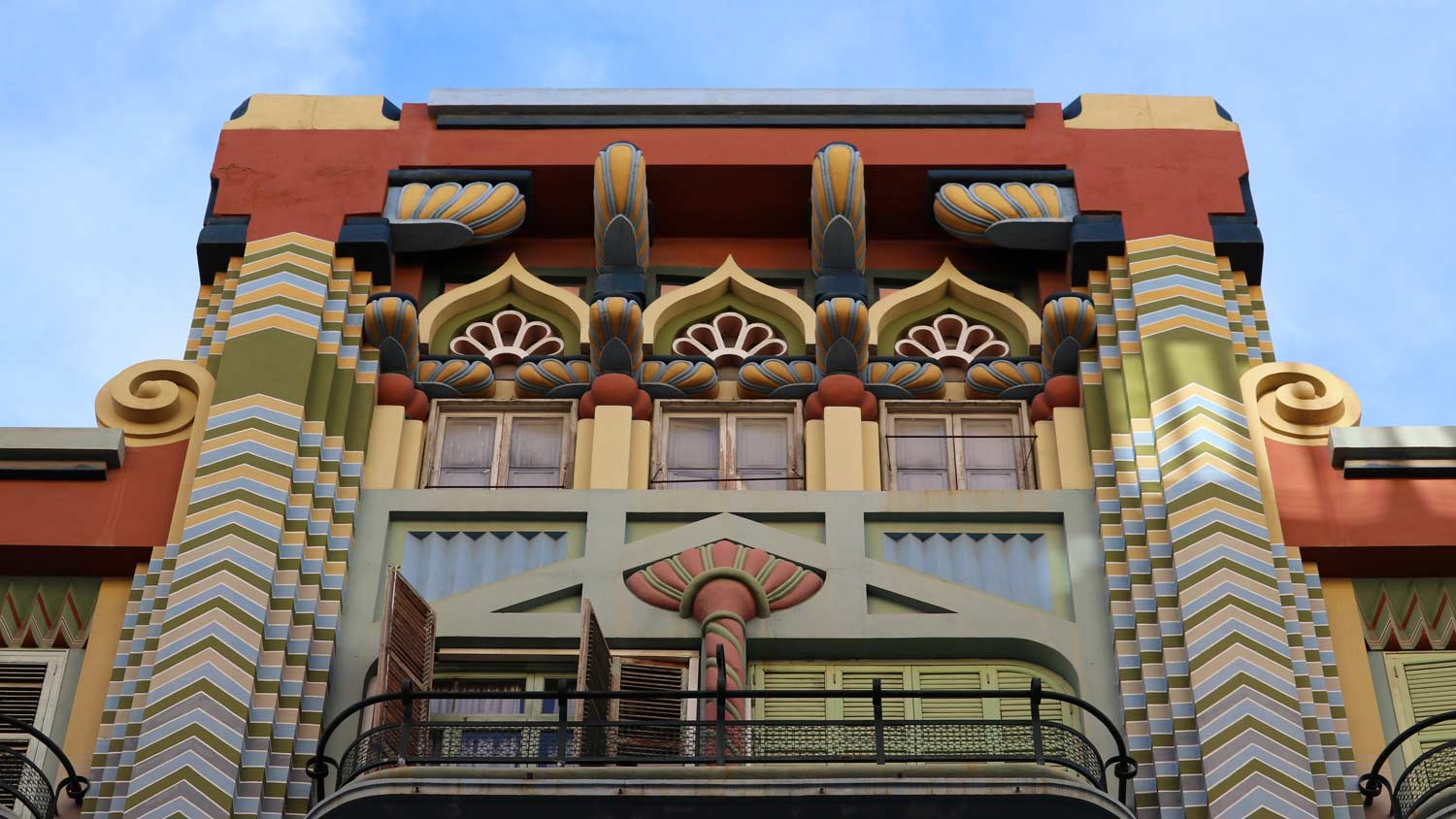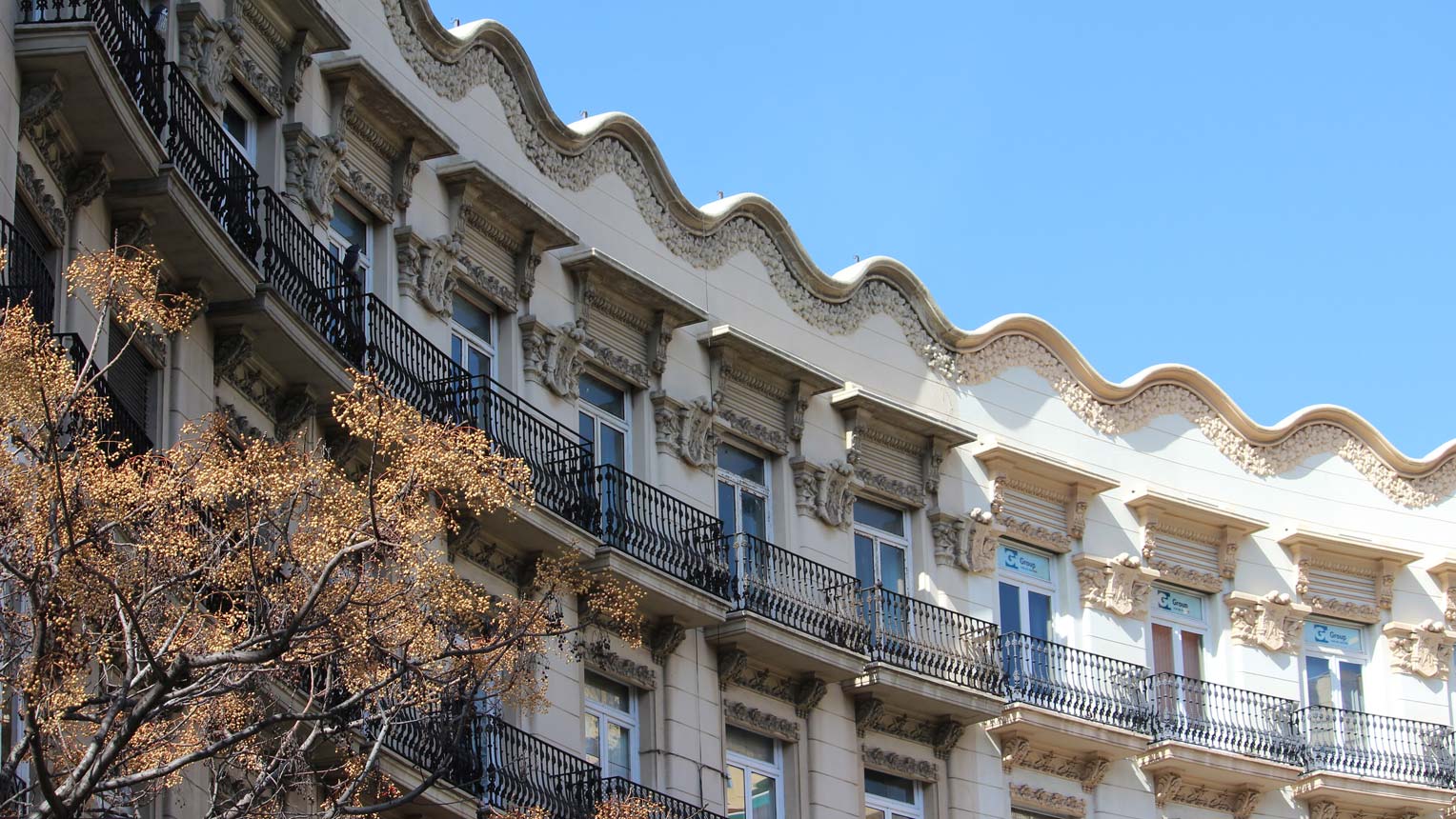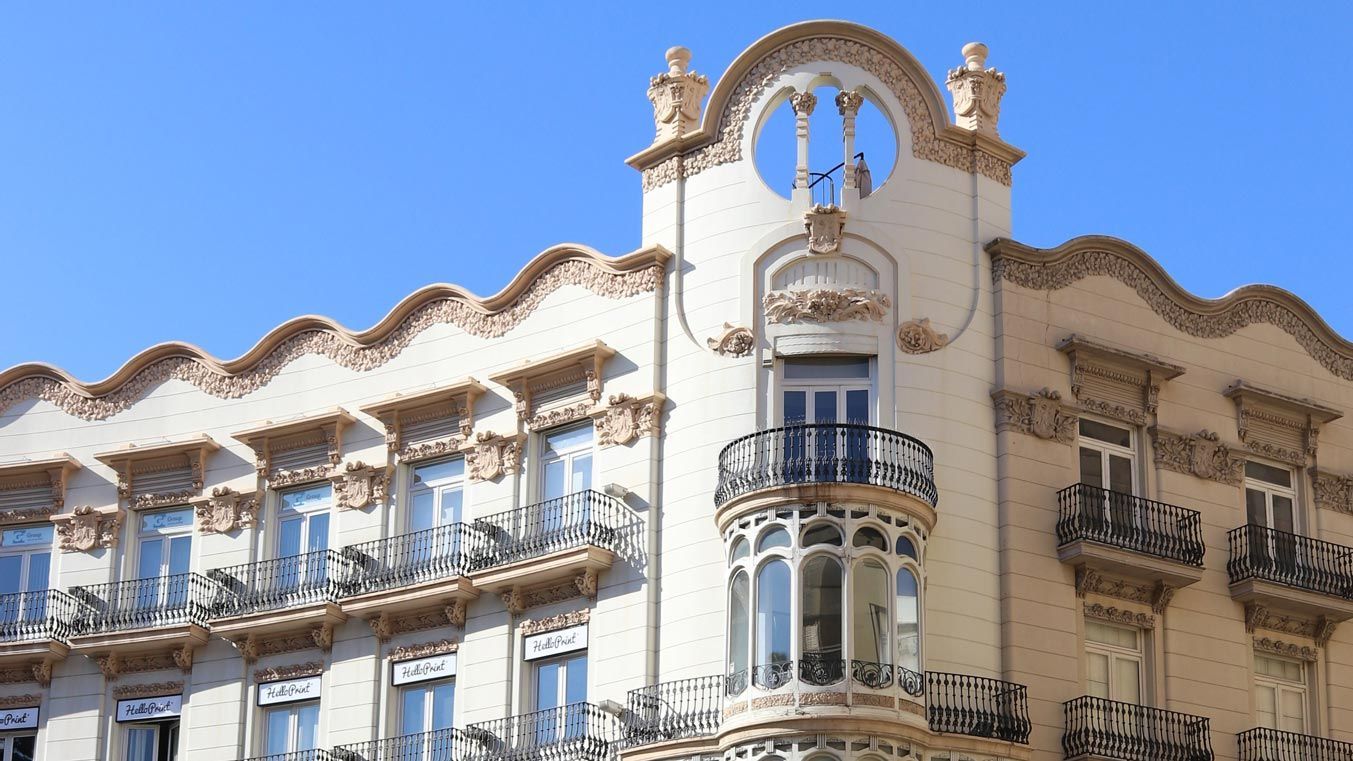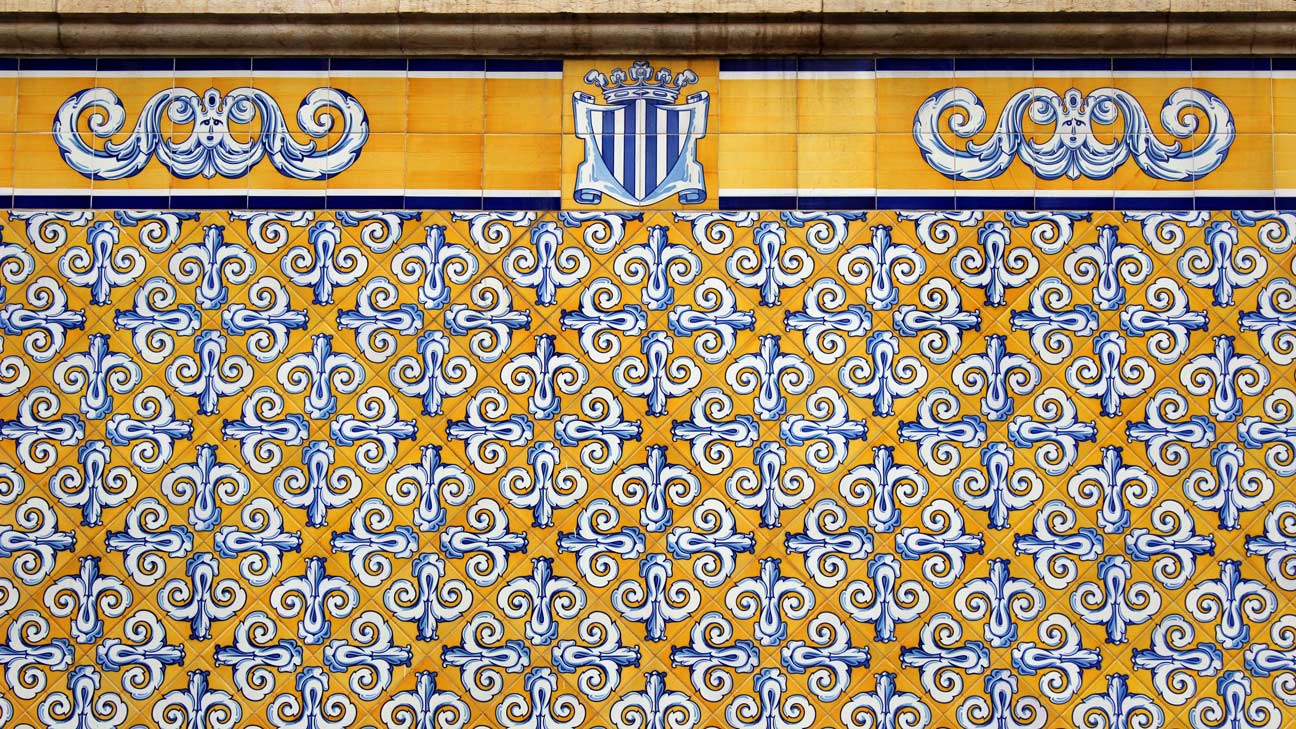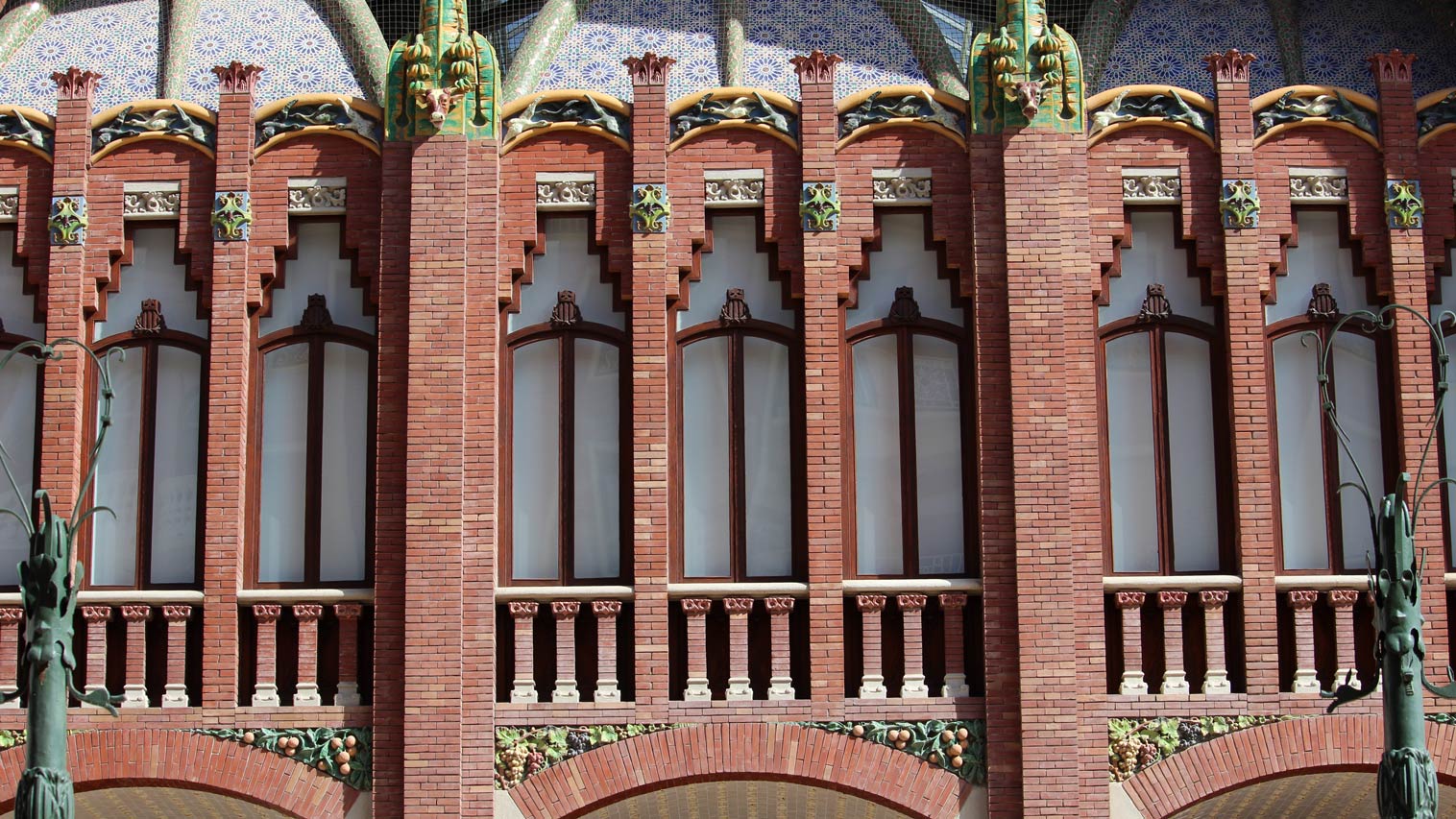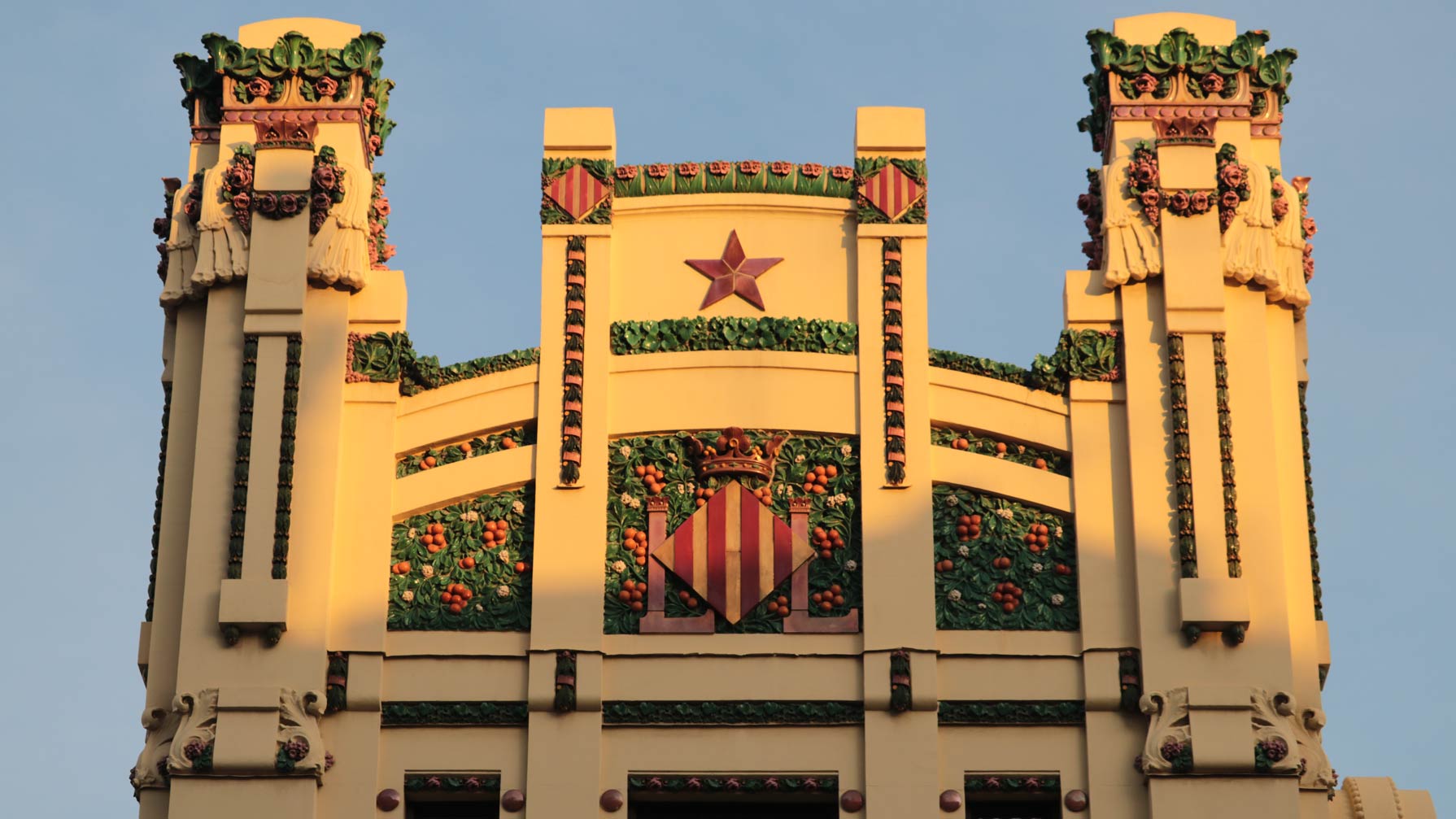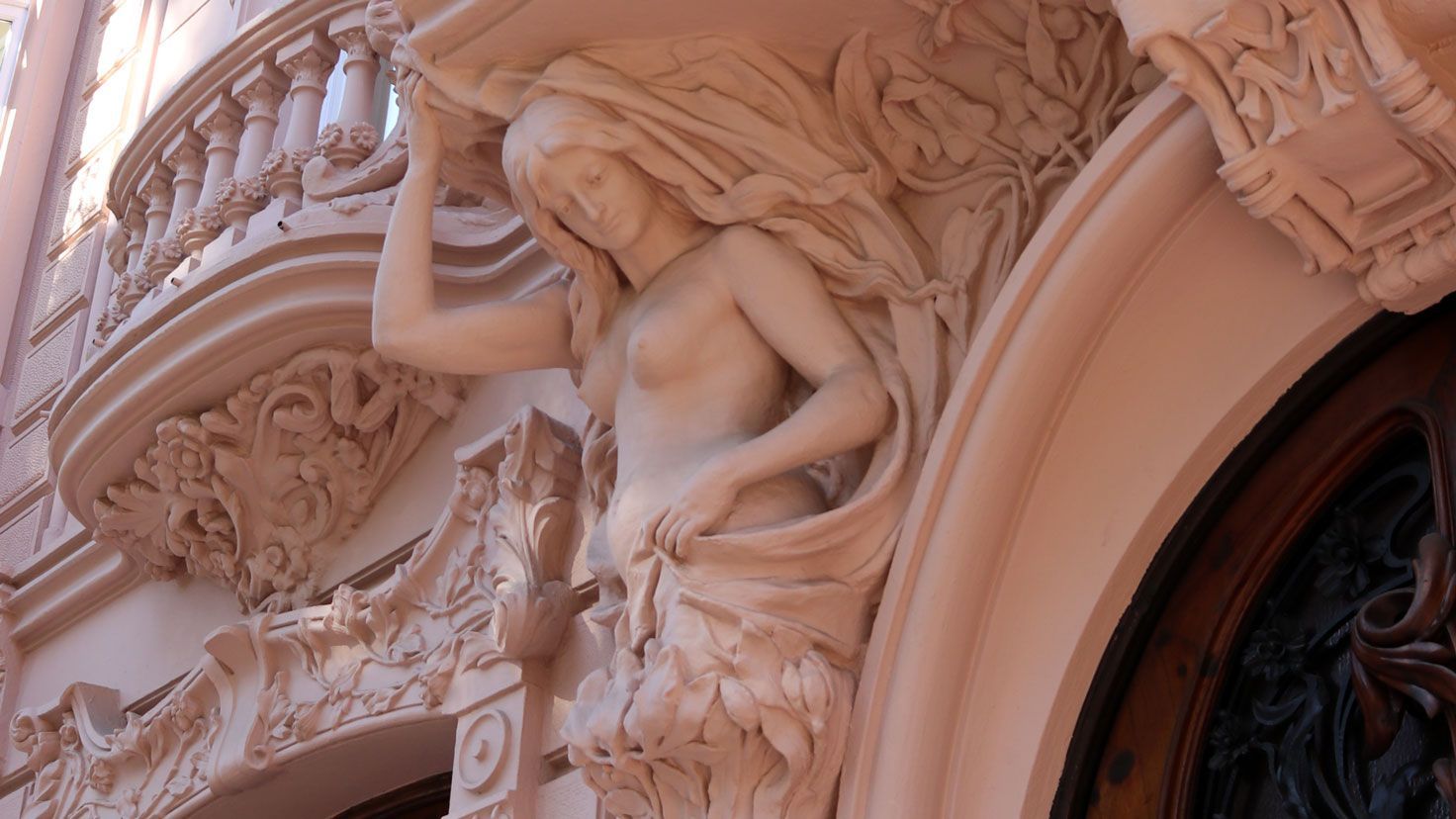The North station, Central Market and the Colon Market are some of the buildings that anyone who is interested in architecture should not miss when visiting Valencia. Their forms, colours and decoration will have of course caught your attention but do you really know them? Read on to find out more about these buildings and we will explain why the modernist style is so important in our region.
What is Modernism or Art Nouveau?
It is an artistic movement that swept across the whole of Europe at the end of the 19th and beginning of the 20th centuries. Although it coincided in time in various countries, this very open trend is known for adapting to the distinctive features of each country: in Austria it is known as Secession, Modern style in the United Kingdom, Jugendstil in Germany, Art Nouveau in France and Modernism in Spain.
The general characteristics of modernist Architecture are that it uses decorative arts (stemming from the English Arts and Crafts movement) and, through this, it looks for a much less restrained and academic aesthetic. Following the explosion of Modernism, Europe was quickly brimming with elegant and unique constructions with a very varied inspiration: some represent the more organic shapes of nature, others try to glorify the medieval past and some represent oriental beauty. They all fit into this trend of being optimistic and refreshing.
In Spain, Modernism flourished in Catalonia, a region that is very industrialised and open to new aesthetic European trends. People like Josep Puig i Cadafalch and Antoni Gaudí, supported Catalan bourgeoisie, have completely changed the profile of cities like Barcelona.
The Valencian Touch
At the beginning of the 20th century, the Modernist influence arrived in the city and region of Valencia. Many of the buildings that were built at this time were done so under the influence of a modernist spirit, with aesthetics that are outside of the more sober Rationalism and the more lavish Romanticism as well as passing by Neo-medievalism.
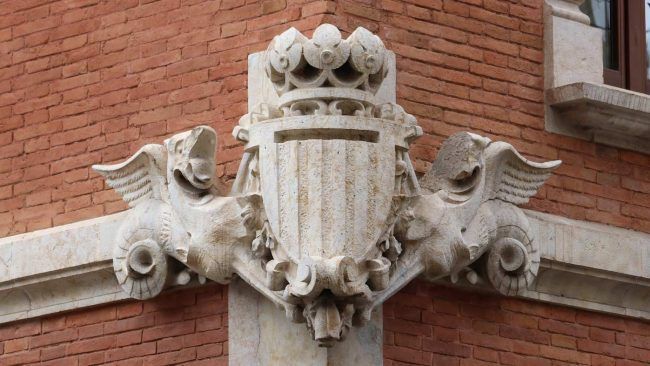
In Valencia, important expansion of the city in the 20th century made the urbanisation of the land outside of the old city walls necessary as well as the modification of the urban structure. This united the flourishing bourgeoisie, which meant that our city evolved into a hub of creativity, in which existed the creativity to build a new aesthetic to explore with the sponsors to finance this type of construction.
What stands out is the use of iron, forging, ceramic or glass building façades mixed with a clearly regionalist spirit: Valencian Modernism is always making reference to the cultural aspects of the city or the region, like the fallas, oranges, agriculture or fishing. The sculptural mosaics and decoration of the buildings of this time are full of these typically Valencian elements which shows off the personality of our region to others.
The modernist mark on Valencia
Although a large part of the modernist heritage of the city, like other places in Europe, has disappeared, you can still find various examples of this type of Architecture in Valencia. If you have walked through the city centre, you will certainly know some of these buildings or you will have gone passed them without noticing!
Main train station
Possibly one of the most prominent buildings in Valencia and one of the works most known for its architect, Demetrio Ribes. The building, which was unveiled in 1917, combines all of the modernist elements of the decorative arts. The façade is decorated with oranges, references to Valencian agriculture as well as the city’s crest. It was declared a building of Cultural Interest in 1987.

If you think that the façade of the building is pretty, the best is hidden on the inside: the entrance hall still has the original woodwork and the old café has walls that are completely covered with mosaics that represent the Valencian identity. It is, without a doubt, one of the most beautiful train stations in the whole of Spain.
Central Market
Situated in the heart of the city centre, it is possibly one of the buildings that the Valencians love the most. Francisco Guardia and Alejandro Soler designed the Mercado Central, one of the biggest in Europe, in 1914, before being unveiled by King Alfonso XIII in 1928.

The stone and metal structure along with the ceramic decoration and multicolour glass has made this building an obligatory stop for tourists. Perhaps the most notable thing about this building are the domes that are topped with two unusual wind vanes: a swordfish and a parrot.
The building is in one of the most monumental areas of the city, which results in an interesting dialogue between other buildings that are in the gothic and baroque style. You cannot forget the little building that you sometimes pass without noticing but, because of it’s peculiar style, it could be from Amberes or Brussels and not Valencia: la Llotgeta.
Central Post Office
If you are in the Plaza de la Ayuntamiento, it is difficult not to look at the Central Post Office, built in 1922 and designed by the architect Miguel Ángel Navarro. It a building with an eclectic style where you can find characteristics of other architectural styles such as classicism, baroque and modernism.
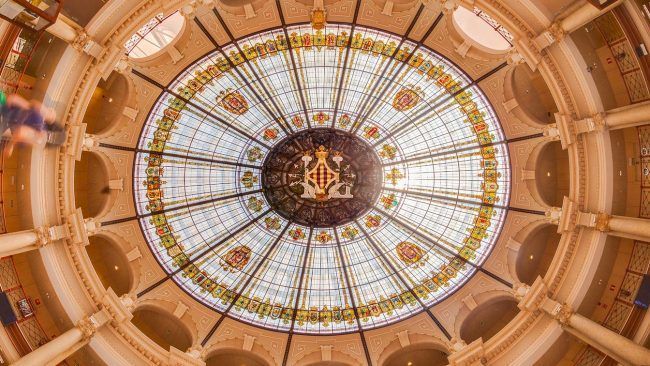
The entrance and the turret are it’s two most identifiable elements done in the modernist style. You should not miss the opportunity to go inside and go up to the viewpoint with the huge polychrome glass dome (people say that it is the most beautiful in the city).
Colón Market
Francisco Mora Berenguer is the designer of this market that is located in the shopping area of the city and was built between 194 and 1916. The two façades, which are different, are covered by brick and glazed ceramic tiles with motifs of flowers and fruits.
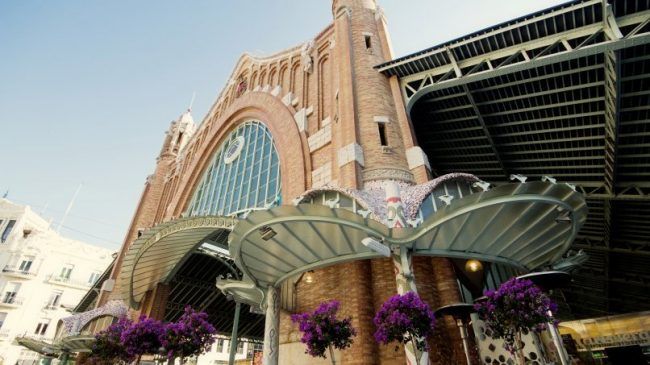
Abandoned for many years, it has now been converted into lots of restaurants and is the main meeting point in the area. It is worth it to get close to the building and admiring the details of the façade and the internal iron structure. By doing this you can learn more about the origins and the reconstruction process of this emblematic building.
Casa Peris
Just a step away from the cathedral, this building attracts your attention because of its medieval style complete with big gargoyles, aches and dragons. It was built in 1897 and is one of the few example of medieval architecture in Valencia: here you can see the curved, undulating and asymmetric lines, typical of Modernism, but there are clear references to the gothic style which makes it seem like it was built on the 14th century… when it was in fact built 5 centuries later.
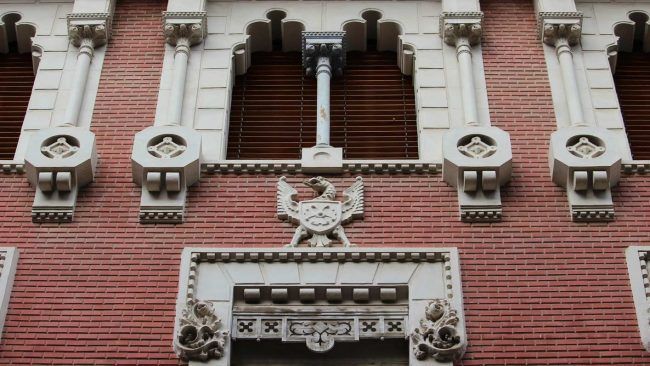
Modernism is an aesthetic trend that has left an important mark on the whole of Europe, not forgetting the region of Valencia, which is part of the European Art Nouveau Route. Just another reason that our region is so rich with architecture, a paradise for those looking for inspiration!




























